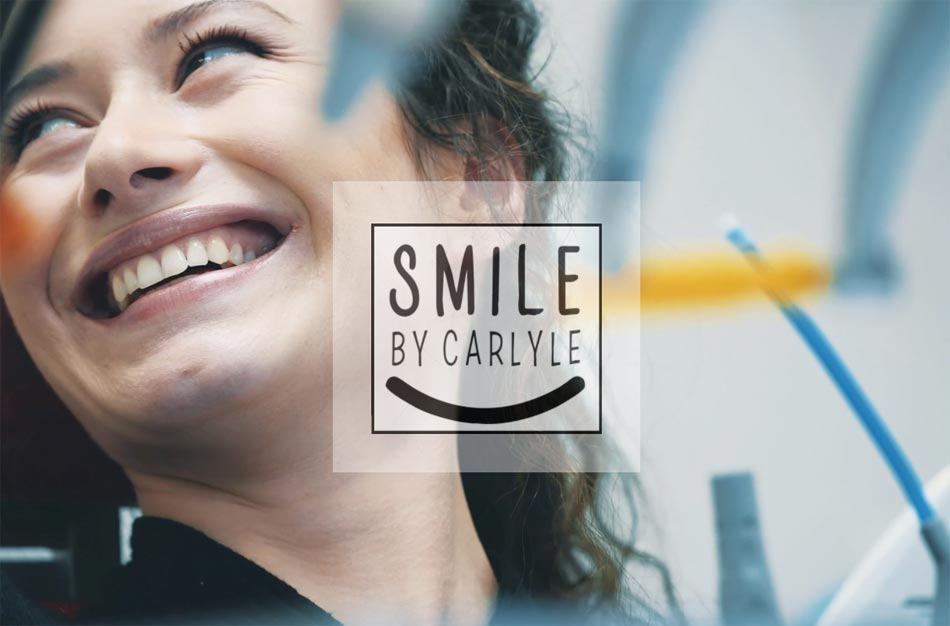Believe it or not, there are different types of stain that can affect our teeth: extrinsic and intrinsic stain. Extrinsic stain involves staining on the surface of the teeth, which is where it is typically caused by coffee, tea, or food or drink where particles build-up in the film of protein that covers the outer surface of the tooth (enamel). On the other hand, intrinsic stain is stain that exists beneath the surface of the teeth and accumulates within the enamel. Extrinsic stain is a bit easier to remove than intrinsic staining.
If you have been using a mouthwash recently and you notice it has stained your teeth a “blue” or bluish color, this would be an example of an extrinsic stain. Some mouth rinses have dyes or colorings in them that can adversely affect the teeth and cause stains to occur giving off a “bluish” hue to one or multiple teeth. The dyes may stick more easily if poor hygiene habits are involved. The more effective you are at removing plaque and bacteria from the surface of the teeth, the less likely the mouth rinse dye has something to stick to. Additionally, a special antibacterial mouth rinse called Chlorhexidine (Chlorhexidine gluconate) is known to cause slight stain or discoloration of the teeth even though it is very effective at preventing bad bacteria from sticking to the teeth.
If you notice over time that a blue stain or discoloration has occurred from a mouth rinse, you should ask yourself if you are performing adequate oral hygiene at home. By effectively brushing for two minutes daily in combination with flossing, this should help to prevent any mouthrinse particles/dyes from sticking to the outer surfaces of the teeth causing any stain. However, if your dentist has put you on a special mouthrinse like Chlorhexidine, make sure to stop using it when directed because excess use may increase the likelihood of stain. Chlorhexidine is not meant to be a permanent solution and is usually only prescribed for 1-2 weeks during this window little to no stain should occur. Talk to your dentist if you notice any abnormal staining during this 1-2 week window of use. Our good friend and Pensacola Orthodontist Dr. Clay Sims always encourages patients to seek a medical professional before Googling or trying to self diagnose.
Please contact Carlyle Dental:
If you notice any “blue” stain on your teeth from an over-the-counter mouthwash or prescription mouthwash, please let us know! More than likely, it can be easily removed with a professional cleaning in our office or by stopping use of the mouthrinse altogether. However, if you are on a prescription chlorhexidine for 1-2 weeks and notice extreme staining, we recommend you call us for an appointment immediately to discuss other treatment alternatives.


